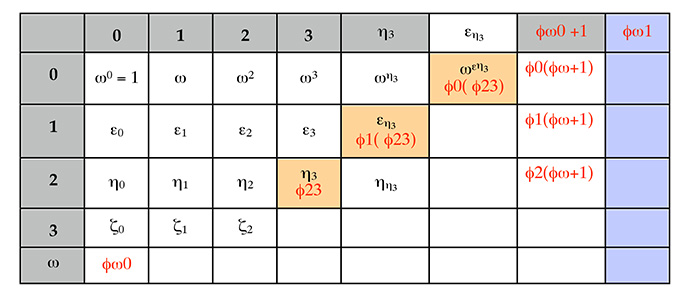Questions

Researchers are aiming at theorems. I always like the origin of the word ‘theorem’, its etymology, that I once dug up. It has the same linguistic source as theater and theos. Its meaning is ‘that what one sees’. I hope experts can confirm this linguistic tracing.
But there is something preceding theorems. Namely Questions.In this part of the website I collect many questions that arose in my work during half a century, collected in a couple of dozens of Notebooks, sometimes at the end of research papers, in e.g. Concluding Remarks and Questions, or ‘Future Directions’.
Or in Research Proposals submitted to acquire national or European funding for our group’s research, and that were not succesful. In our group’s best times we had a favourable score of 1 out of 3 proposals being succesful; the general average of success was one in six. So several proposals, often requiring month’s work, were shelved and forgotten. It would be nice if you could publish them om say, arxive, the highly useful current repository for recent research papers.

